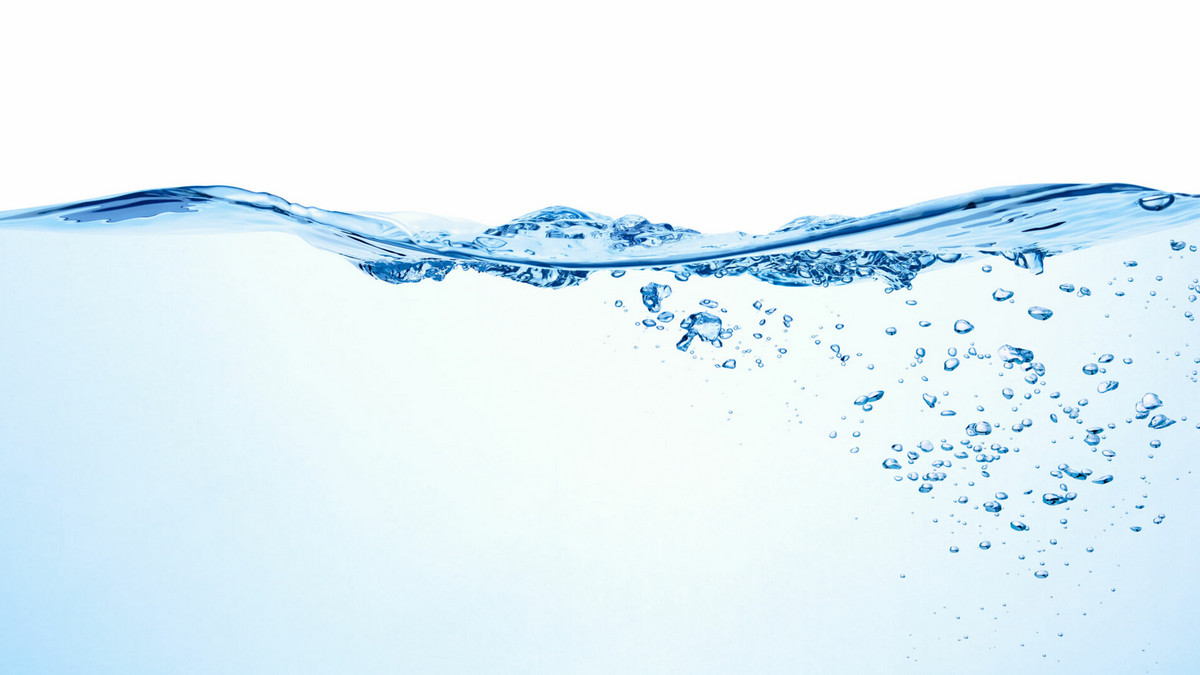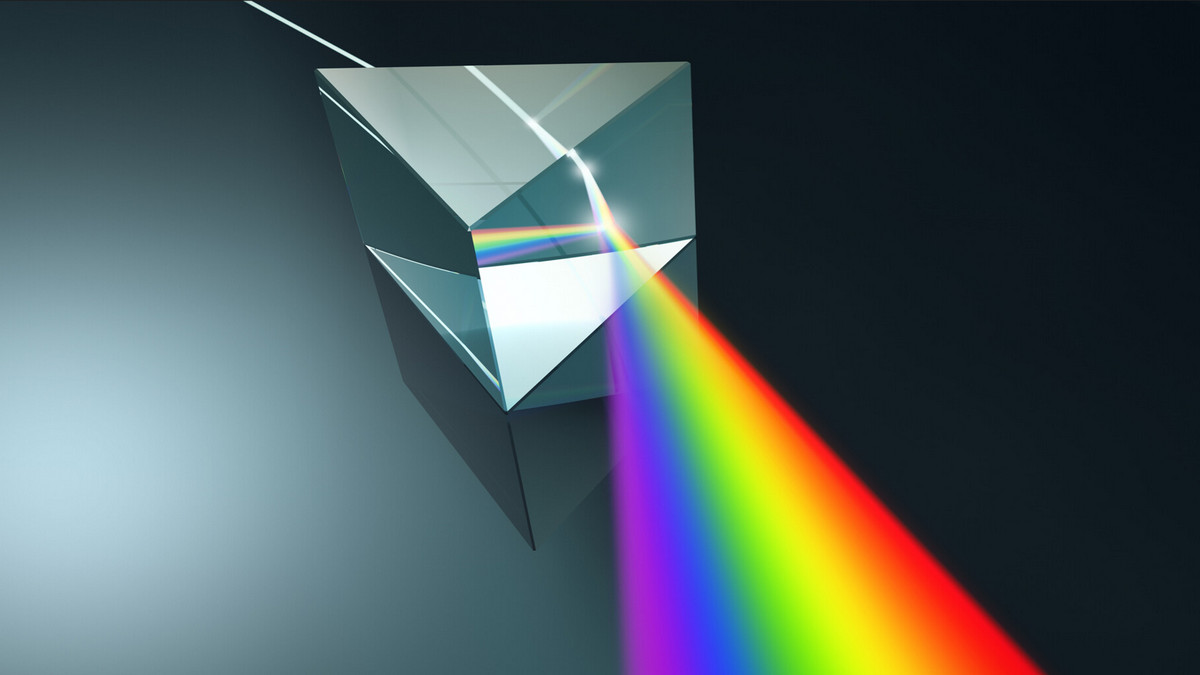If you are a coffee lover, you surely know what an automatic drip coffee maker is. These machines have become a common sight in homes and restaurants alike, offering convenience and consistent quality. But have you ever thought about how these appliances came to be developed, and what technology actually powers them? You might find that the history, technology, and benefits of automatic drip coffee makers are quite interesting.
History
In the early 1970s, coffee lovers were trapped in a cycle of using bulky percolators or labor-intensive manual pour-over methods. These brewing techniques often left coffee either too weak, too bitter, or simply inconsistent. A revolution in brewing began when Vincent Marotta, co-founder of North American Systems, and a group of engineers set out to create a machine that could automate the pour-over process, combining convenience with precision to deliver perfectly brewed coffee every time.
By 1972, the first automatic drip coffee maker, known as Mr. Coffee, was introduced. This machine transformed home coffee brewing, thanks to its innovative approach to controlling water temperature and brew time.
How Automatic Drip Coffee Makers Work
Automatic drip coffee makers operate through a simple yet efficient process. By heating water to an ideal temperature range of 195°F to 205°F (90°C to 96°C), they ensure optimal extraction of flavor from coffee grounds. Here is an overview of how they function:
1. Water Reservoir: Fresh, cold water is stored in a reservoir, typically with a capacity ranging from 4 to 12 cups, depending on the model.
2. Heating Element: Water is quickly heated a built-in heating element to the ideal range of 195°F to 205°F.
3. Showerhead Dispenser: The heated water is evenly distributed over the coffee grounds through a showerhead-like system to ensure uniform saturation.
4. Filter Basket: Ground coffee is placed in a filter (either disposable paper or reusable mesh) that securely holds the grounds while allowing brewed coffee to pass through.
5. Drip Mechanism: The coffee then drips into a carafe or thermal pot, where it is kept warm for serving
Materials and Manufacturing
The choice of materials significantly impacts the quality, durability, and safety of automatic drip coffee makers.
• Plastics: High-quality, food-grade plastics are commonly used for components like the water reservoir and outer casing. These materials are lightweight, durable, and cost-effective.
• Stainless Steel: Often used for heating elements, carafes, and some exterior parts, stainless steel offers durability, heat retention, and aesthetic appeal.
• Glass: Borosilicate glass is commonly used for carafes, providing resistance to thermal shock and a visually appealing design.
• Silicone and Rubber: These materials are used for seals and gaskets, ensuring a watertight and leak-proof design.
Benefits of Automatic Drip Coffee Makers
Automatic drip coffee makers offer numerous advantages:
1. Convenience: With programmable timers and simple controls, users can enjoy fresh coffee without constant monitoring
2. Consistency: These machines are designed to maintain precise water temperature and brewing times, ensuring a consistent flavor profile.
3. Versatility: Models are available in various sizes, making them suitable for single servings or large gatherings.
4. Energy Efficiency: Features like automatic shut-off and thermal insulation reduce energy consumption.
5. Affordability: A wide range of models and price points makes these machines accessible to a broad audience.
Factors to Consider for Optimal Use
For the best experience, consider the following:
• Water Quality: Using filtered or purified water can enhance the coffee's flavor.
• Power Supply: A stable electricity source is crucial for effective operation.
• Capacity: Choose a model that suits your expected coffee consumption.
• Convenience Features: Programmable settings can save time, especially in busy environments.
SCA Certification and Standards
The Specialty Coffee Association (SCA) sets rigorous standards to ensure that automatic drip coffee makers meet the "Golden Cup" standard. They help consumers identify coffee makers capable of brewing coffee to the highest standards. These criteria include:
1. Brewing Temperature: The coffee maker must heat water to a temperature between 195°F and 205°F (90°C to 96°C) within the first minute of brewing and maintain this range throughout the brewing cycle. This temperature range is crucial for proper extraction of coffee solubles.
2. Brew Time: The total contact time between water and coffee grounds should be between 4 to 8 minutes, depending on the grind size. This ensures adequate extraction without over-extraction, which can lead to bitterness.
3. Coffee Volume and Capacity: The brewer must accommodate the SCA-recommended coffee-to-water ratio, typically around 55 grams of coffee per liter of water, without overflowing, ensuring the machine can handle standard brewing volumes effectively.
4. Extraction Uniformity: The design should ensure even saturation of coffee grounds, promoting uniform extraction. All coffee grounds should come into contact with hot water within the first minute of brewing.
5. Beverage Clarity: The brewed coffee should have minimal sediment, with less than 75 milligrams of sediment per 100 milliliters, resulting in a clean cup.
6. Holding Temperature: If the machine includes a carafe, it must maintain the brewed coffee temperature between 176°F and 185°F (80°C to 85°C) for at least 30 minutes post-brewing, ensuring the coffee remains at an optimal drinking temperature.
7. Performance Consistency: The brewer should consistently meet these standards across multiple brewing cycles, demonstrating reliability and quality in performance.
Automatic drip coffee makers that meet SCA-certified standards assure consumers of quality and consistency, making these machines a valued addition to any coffee lover's arsenal. For those interested in exploring more about automatic drip coffee makers, the SCA's official website offers a wealth of information and resources.














